7 Ways To Maximize Competition Performance
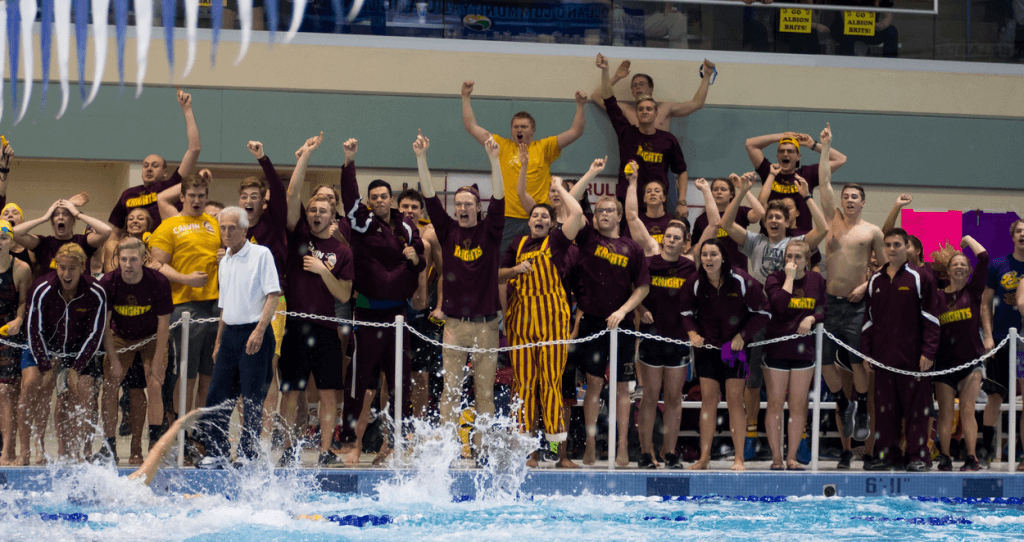
Commentary by Walker Hill, Swimming World College Intern.
Student athletes are back on campus, training well, and managing midterms. Performance matters on a daily basis. The months of September and October long weeks that involved getting to know new teammates and/or coaches, acclimating to new leadership, and most importantly developing a new routine. Developing a routine can be one of the best methods to performing well throughout the semester.
Collegiate athletes are extremely busy over the course of the academic year and competition season. It is vital to create your ‘comfort zone’ in order to maximize performance. Listed below are a few things athletes have the ability to CONTROL that will optimize any opportunities for success. The list is comprised of diet, academic, and athletic related components that are easy and efficient for any student athlete that will help get ready for competition season.
Eating Healthfully

Photo Courtesy: Jessica Spengler, flickr
Returning students know too well that food prepared on campus can be disruptive to a healthy & balanced diet. Student Athletes must constantly fuel their body in order to perform at a high level and should vigorously regulate the food they eat. Food is so accessible nowadays it is imperative for swimmers to control what they put into their bodies. Eating properly is crucial throughout training and especially during competition days. Sometimes your diet is difficult to manage and keep track of, but it is an element of our sport that the swimmer can control and benefit from that will be seen through performance.
Good Grades

Photo Courtesy: Maxpixel
Eliminating stress from the life of an student athlete. The best way to do this is to eliminate controllable stressors. If you are able to stay ahead of readings, exams, and projects, life during the school day will be much more relaxed and enjoyable.
Sleep, sleep, and more sleep

Photo Courtesy: A. Weisenfels
Between swimming and schoolwork, sometimes there is little time to rest. Every athlete can always get more sleep and would argue that this is the most important component of success in the classroom and in the pool. As much as swimmers have going on, it is vital to get rest in order to perform consistently during practice and most importantly during competitions.
Dynamic Stretching
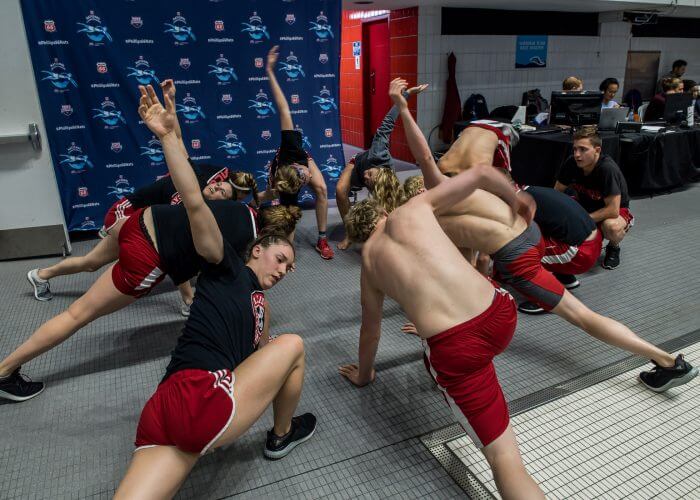
Photo Courtesy: Peter H. Bick
Leading up to a team’s first competition it can be a nervous and tense time. Roughly a month and a half of hard training in the pool, plus supplemental weight and dryland workouts contribute to the necessity of stretching. Before warmup on meet day or after a long period of travel, the athletes should go through a dynamic stretching routine. Stretching may be overlooked by many athletes and coaching, but it usually is an x-factor that will aid performance.
Warm up/Warm down
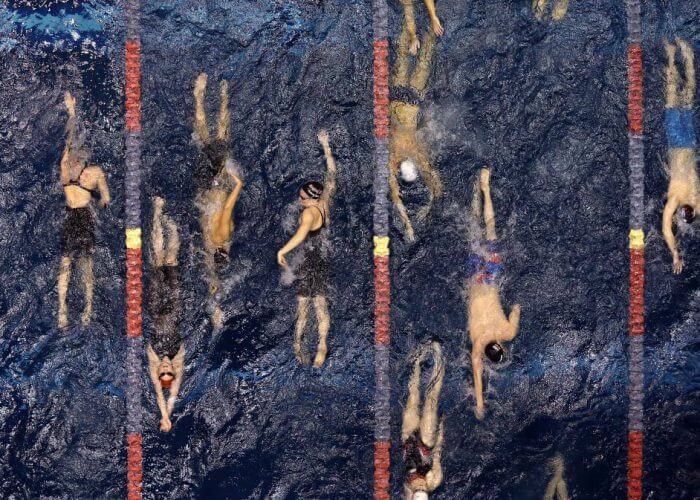
Photo Courtesy: AP Photo/Elaine Thompson
Coaches constantly nag swimmers to warm up/down properly. Warm down allows the body to recover and if swimming three or more events during a dual meet is the requirement, warm down can only help. Swimmers are preached at from the beginning to warm down and many skip it, but it is key to a swimmer’s short and long term success. Remember everything discussed thus far are elements in swimming the swimmer can control. During mid-season, conference championships, and NCAA’s warm down has the ability to make or break the team’s performance.
Recovery
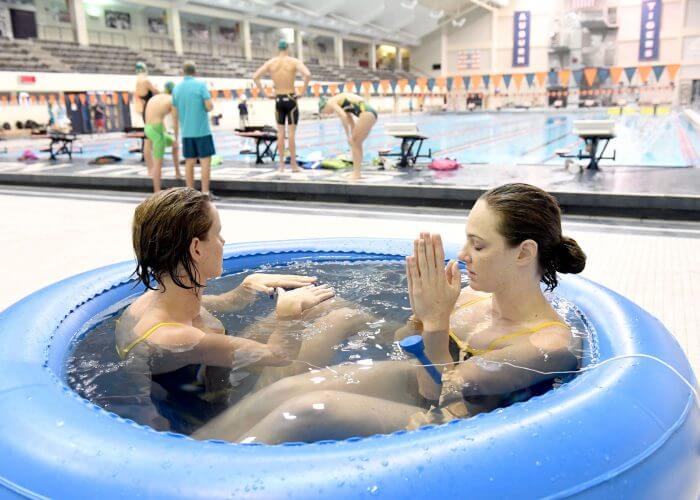
Photo Courtesy: Delly Carr / Swimming Australia Ltd.
Athletes NEED recovery. Throughout the season, swimmers must make an effort to see training room staff to help expedite the recovery process. If proper steps are taken to treat your body, the ability to maximize performance in competition throughout the year exponentially increases.
No Days Off
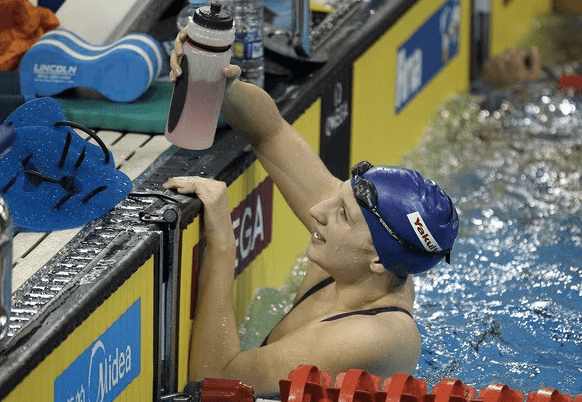
Photo Courtesy: ASA Aquadogs
If there is not a practice session following a competition, make an effort to do something active to continue the recovery process: stretch, hydrate, and rest! Practice sessions the day after a meet can be miserable, but there are plenty of ways to feel better holistically.
Remember everything mentioned above are elements in swimming that the swimmer can control. The swimmer has the choice to be good or to be great.
All commentaries are the opinion of the author and do not necessarily reflect the views of Swimming World Magazine nor its staff.



